| Columns Retired Columns & Blogs |
I'd love to see Head make an Amp with AV Passthrough ... some of use do not have the option to have two setup's.
I performed a full set of measurements on the Heed Elixir using my Audio Precision SYS2722 system (see the January 2008 As We See It"). I preconditioned the amplifier by running it with both channels driven at one-third power into 8 ohms for 60 minutes. Thermally, this is the worst-case situation for an amplifier with a class-B or class-AB output stage, as one-third power is when the maximum heat dissipation occurs in the output transistors. As the Heed Elixir's maximum power is specified as 50Wpc into 8 ohms, I ran it for an hour at 16.6Wpc into 8 ohms. At the end of that time, the top panel was hot, 119°F (48.3°C) and the internal heatsinks, which could be seen through the vents in the top, were very hot, at 152°F (61°C). As it says in the Elixir's manual, this amplifier needs to be placed in a well-ventilated site.
Looking first at the phono input, this preserved absolute polarity (ie, was non-inverting) and offered a gain of 53.5dB measured at the Pre Out jacks, 55.2dB measured at the Headphone jack, and 84.4dB measured at the Speaker terminals, all with the volume control set to its maximum. These are all on the high side, meaning the volume control will be need to be set low in normal listening. The input impedance measured 40k ohms at low frequency, dropping to 34k ohms at 1kHz and 31k at the top of the audioband. This is slightly low for MM cartridges. Fig.1 shows the RIAA error: The two channels match within 0.4dB but both show a 1.45dB peak in the upper bass, which will be audible as a slightly rich balance.
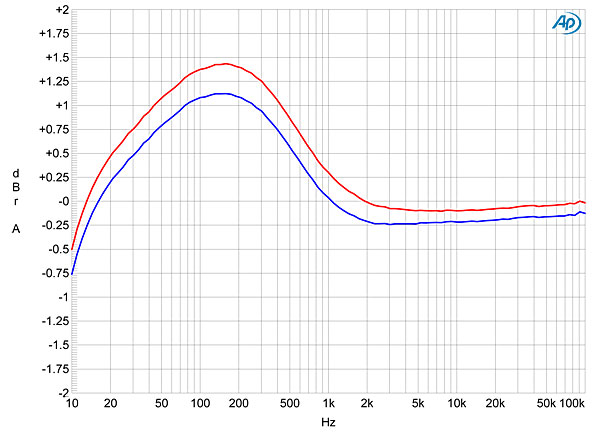
Despite the higher-than-usual gain, the MM input's S/N ratios, measured at the Headphone output with the input shorted but the volume control set to its maximum, were good, at 66dB (wideband unweighted), 73dB (audio-band, unweighted), and 83.5dB (A-weighted), all ref. 1kHz at 5mV. Channel separation was also good, at >60dB in both directions at 1kHz.
Phono overload margins, again ref. 1kHz at5mV, were good at low and middle frequencies, at 21dB, but dropped to 15.5dB at 20kHz. Harmonic distortion with the Heed's phono input was low, with the dominant harmonic the subjectively benign second harmonic, this lying at –70dB (0.03%) ref. 1kHz at 5mV (fig.2). Intermodulation distortion via the phono input was also low, with the difference product resulting from an equal mix of 19kHz and 20kHz tones lying at –70dB (fig.3).
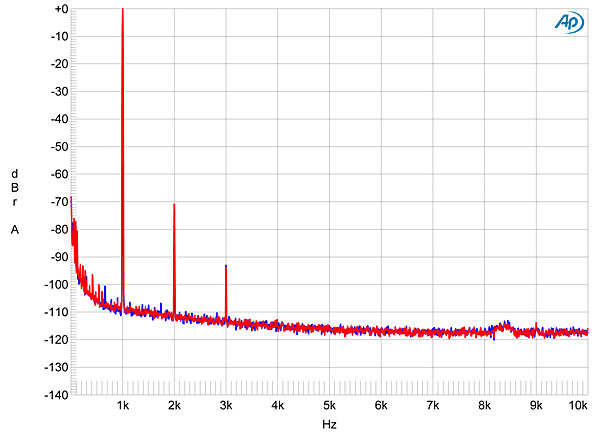
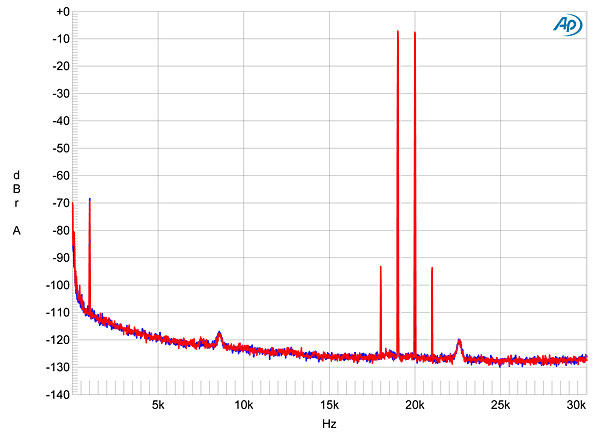
Turning to the line inputs, these preserved absolute polarity (ie, were non-inverting) and offered a maximum gain of 12.9dB measured at the Pre Out jacks, 14.75dB measured at the Headphone jack, and 43.65dB measured at the Speaker terminals, the latter typical for an integrated amplifier. The measured input impedance was the same as the specified 10k ohms at 20Hz and 1kHz, but dropped to 7.25k ohms at 10kHz. This is on the low side for tubed source components, which might sound lightweight as a result. The output impedance at the Pre Out jacks was 440 ohms at 20Hz dropping to 37 ohms at middle and high frequencies. Although the Elixir's manual recommends the amplifier's headphone output not be used with headphones having an impedance of >30 ohms, the output impedance was a low 2 ohms (including cables).
The output impedance at the speaker terminals was 0.4 ohms at 20Hz, 0.06 ohms at 1kHz, and 0.15 ohms at 20kHz. The increase in impedance at low frequencies, presumably a result of the capacitor-coupled output stage, results in a very slight boost in the mid bass with our standard simulated loudspeaker (fig.4, gray trace), but otherwise the Elixir rolls off a little early, reaching –2.4dB at 10Hz into 8 ohms (blue and red traces). Note the excellent channel matching in this graph, which was preserved at lower settings of the volume control. At the other end of the spectrum, the response is down by 3dB at a high 100kHz and a little higher at lower volume control settings. As a result, the Heed's reproduction of a 10kHz squarewave features very short risetimes, as well as no overshoot or ringing (fig.5).
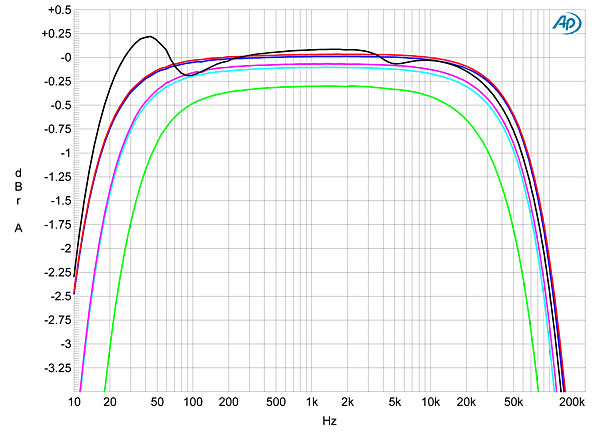
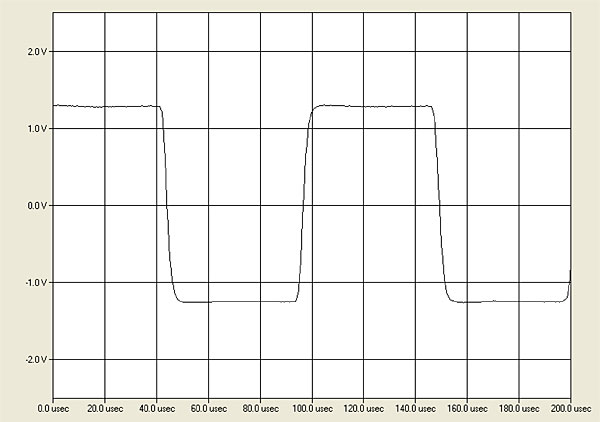
Channel separation via the line inputs was good, and the unweighted, wideband S/N ratio (ref. 1W into 8 ohms and taken with the inputs shorted but the volume control set to its maximum, the worst case condition) was a slightly disappointing 72.5dB. This improved to 80dB when the measurement bandwidth was restricted to 22Hz–22kHz, and 83dB when A-weighted. The actual noise level was dependent on the grounding arrangement between the Elixir and the Audio Precision test system. In the best case, both channels had low-level spuriae present at the 60Hz powerline frequency and its harmonics present (fig.6).
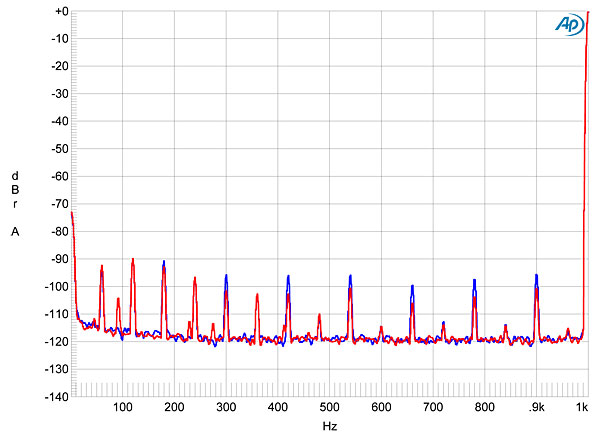
The Heed Elixir is specified as having a maximum power rating of 50W into 8 ohms (17dBW) with both channels driven. Fig.7 reveals that at our usual definition of clipping (1% THD+noise), the amplifier just falls short of the specified power, at 48Wpc (16.8dBW). Into 4 ohms (fig.8), the amplifier clipped at 61Wpc (14.8dBW) rather than the specified 65Wpc (15.1dBW). I haven't shown how the amplifier's THD+N percentage varied with power into 2 ohms, but it clipped at just 9W into this load, with the waveform asymmetrically clipped.
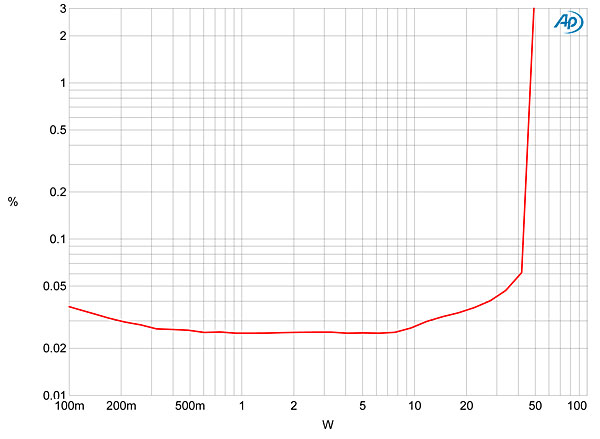
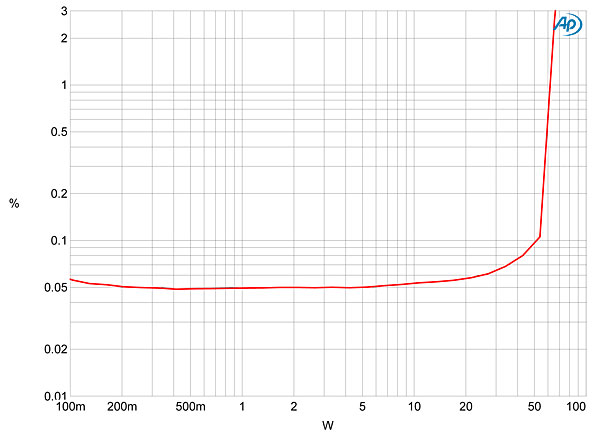
Fig.9 shows how the Elixir's THD+N percentage varied with frequency at a moderate output level, 9.35V, equivalent to 11W into 8 ohms and 22W into 4 ohms. The distortion is low in level, particularly into 8 ohms (blue and red traces), but shows the usual rise in the top octaves due to the decreasing amount of corrective negative feedback available. Again, I didn't plot the THD+N percentage into 2 ohms because the amplifier was clearly distressed into this load.
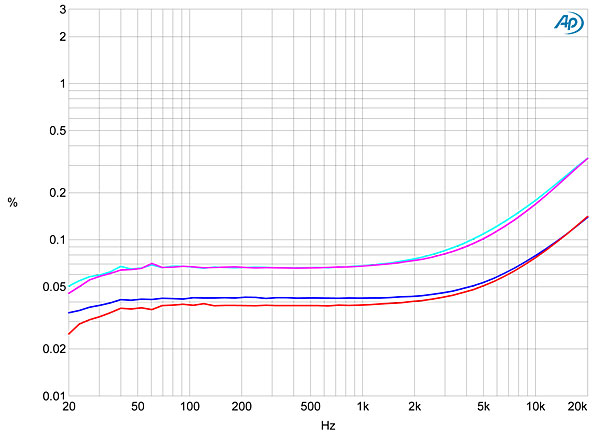
The distortion is heavily second-harmonic in nature (fig.10), though a regular series of higher-order harmonics is present at a lower level (fig.11). Intermodulation distortion was also respectably low (fig.12).
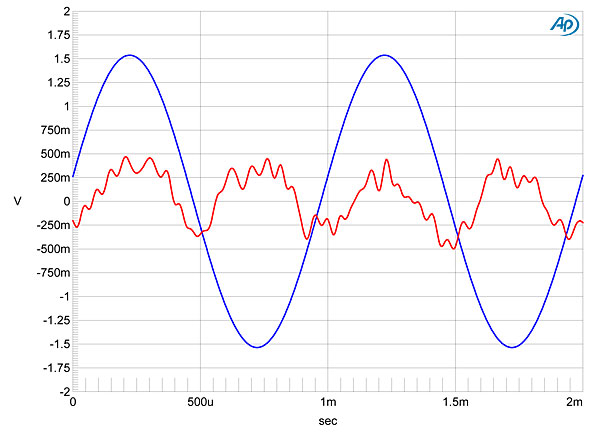
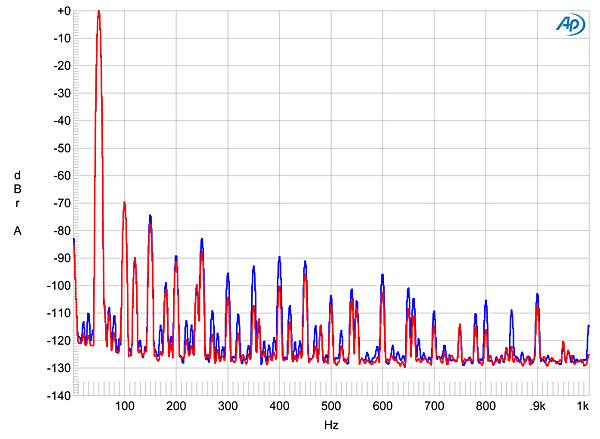
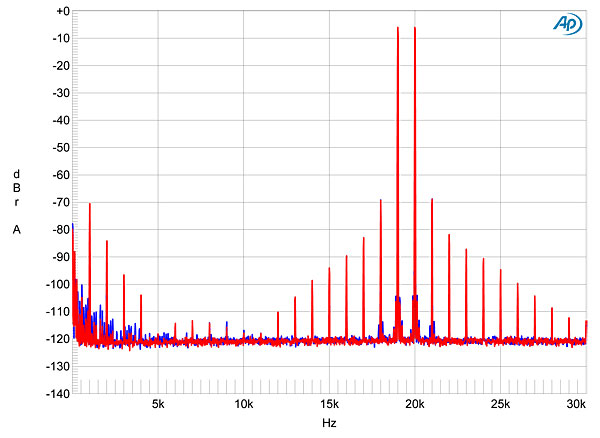
Other than its inability to drive 2 ohms to any sensible level, the unflat RIAA response, and its higher output impedance at low frequencies, Heed's Elixir measures well for an amplifier costing just $1195. Its distortion signature, with the second harmonic dominant but a low level of intermodulation, will also render it easy on the ear.—John Atkinson

I'd love to see Head make an Amp with AV Passthrough ... some of use do not have the option to have two setup's.